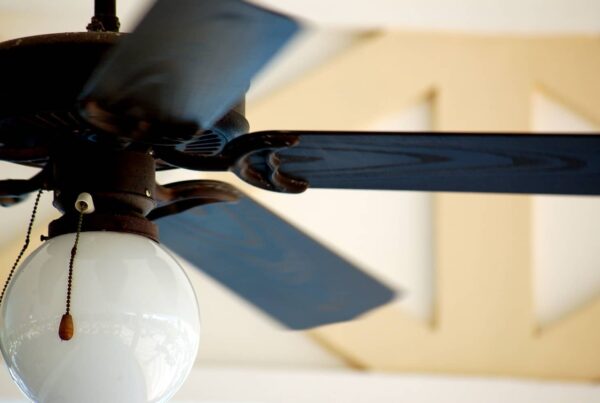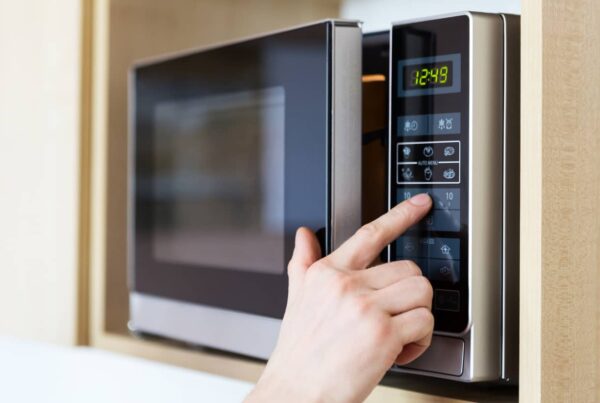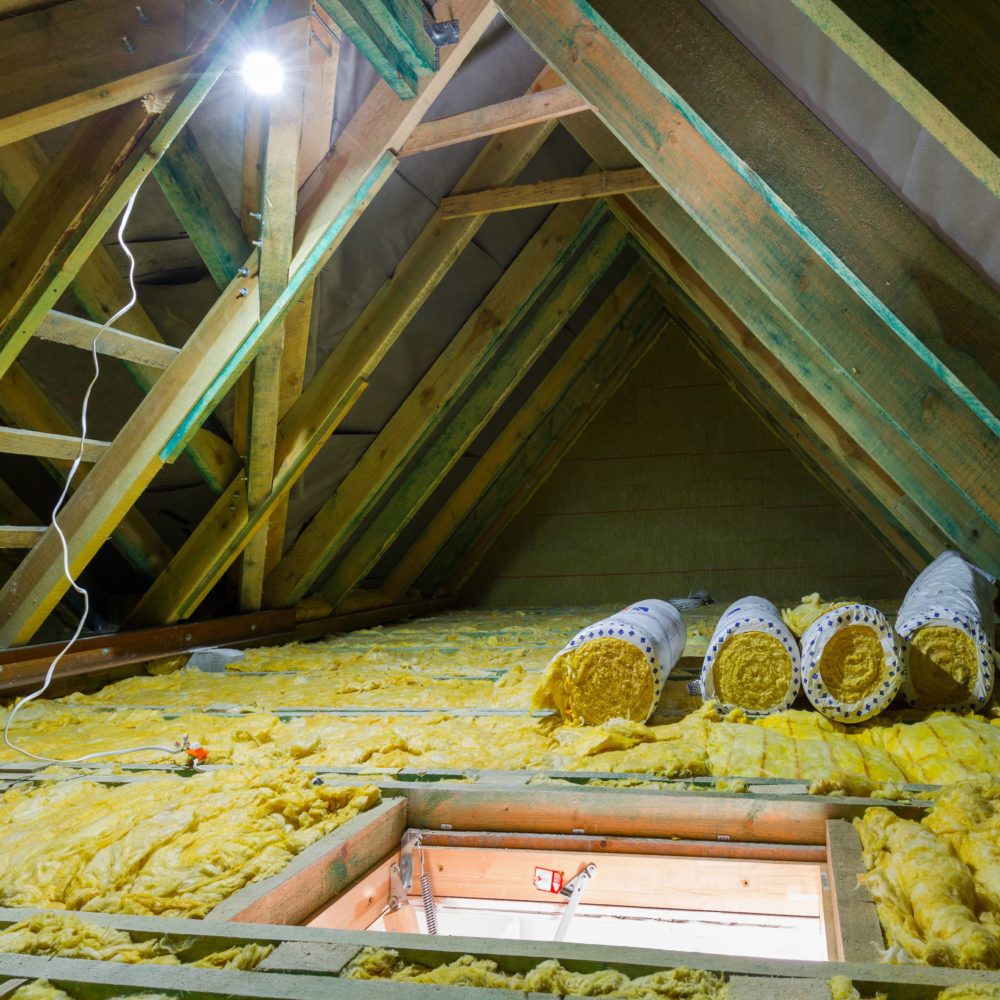
When it comes time to insulate your attic and the electrical wires in there, it is important to note the type of insulation you should use. Understanding how to safely install insulation is key. Avoiding areas that give off high heat sources is the most important item to take note of. Can you lay insulation over electrical wires in the attic? Yes, you absolutely can. You can lay insulation around the junction boxes as well. Making sure that the insulation is of a fiberglass material will not only ensure a fireproof setup but also reduce airflow from the home through the attic.
Let’s take a look at what’s involved with insulation around your electrical wires in the attic.
Insulation In The Attic
Understanding what type of insulation to use in your attic is key as to whether or not it can cover electrical wiring. Insulation made of fiberglass is nonflammable and is a great option when it comes to covering electrical wires in the attic.
However, the more popular insulation choice in homes these days is cellulose fiber. Unfortunately, cellulose is made of recycled paper and can be flammable in the right extreme heat temperatures.
It is highly recommended that when installing insulation in the attic you will cut the middle of the batts in half. This is so the middle of the batt goes around the electrical wires. Then, one flap goes on top of the electrical wires, and the other flap under the wire.
You never want to mash the insulation onto and around the electrical wires, just to make it fit. It is best just to lay the insulation gently alongside the wires, and insulation between the joists of the attic.
In many cases, people think that you can’t put insulation around a junction box, but you can! It has to be fiberglass insulation and it will be okay as long as the box isn’t a heat source. However, you cannot have insulation around certain can lights!
Many people like to have insulation around the junction box as it inhibits air exchange and improves the building’s insulation. This is important to note as the last thing you want to happen is an electrical fire in the home.

Wiring In The Attic
Let’s take a look at what is actually used in the attic. This will help us make an informed decision as to what type of insulation should be used around electrical wires.
- Wiring in the attic is typically a non-metallic cable (NM cable). It is allowed in most areas of the US, but not all. Make sure to double-check with the home builder. However, if it is in an existing home, check with your local professional electrician or home inspection company.
Best Way To Install Insulation
There are a few steps that you will want to take prior to installing insulation in the attic and laying it on your electrical wires. First, you will want to seal around any wiring with a caulk or spray foam.
Next, you will lay a sheet of polyethylene vapor barrier for any electrical outlets in the attic. This will seal the outlet space from allowing airflow.
Using faced insulation is pretty standard in attic insulation projects. The insulation is a fiberglass material and thus non-flammable. This type of insulation has a vapor barrier that is meant to block moisture from flowing from one space of the home to another.
Keep in mind that you may lay insulation layers over the top of previous insulation, provided that the previous layer is not wet. Trapping moisture between layers is not a good thing for your attic, as it will breed mold and mildew.
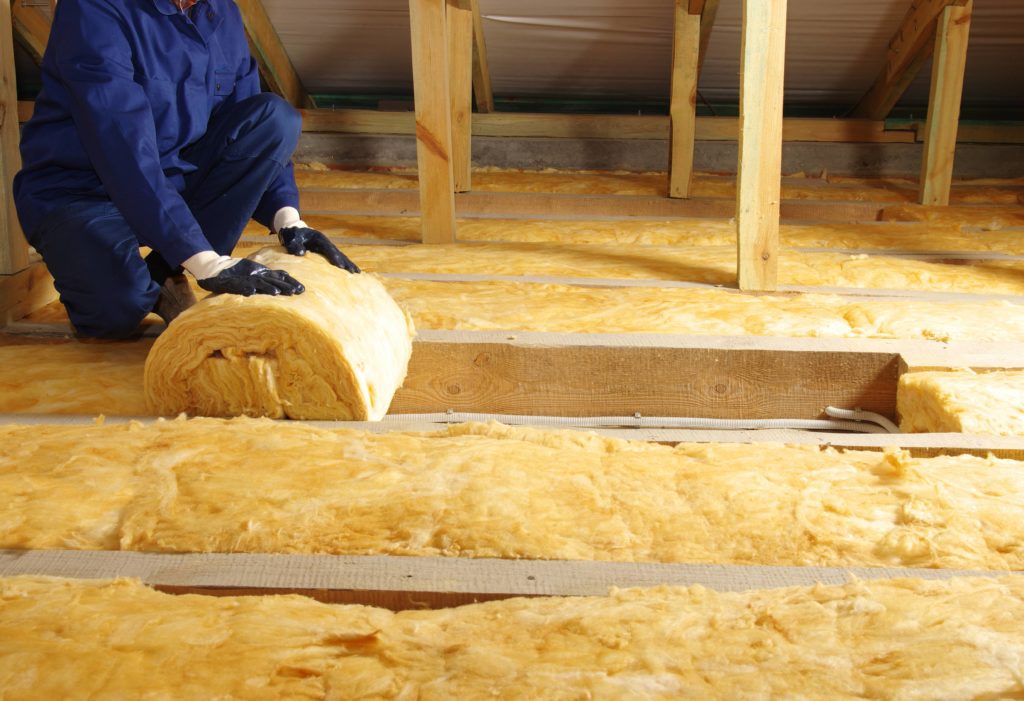
Problems With Insulation In The Attic
Believe it or not, there are many homes around that have very old wiring. Checking the wiring from the building records is important. You want to ensure that you aren’t adding new insulation that could be a fire hazard.
Aluminum wiring was used in homes in the 1960s-70s and is a fire hazard so you want to make sure this is not in your home. If it is, you need to replace it before putting in insulation.
Also, cloth wiring was used in homes in the 1970s-80s and is a fire hazard as well. It is important to make sure it is not in your attic or home. Just like the aluminum wiring, make sure you replace it in your home before adding insulation.
How Much Will It Cost
Typically, you are looking at an installation cost of $1,300 to $2,500. The costs vary based upon the size of the attic and the going rate for the material and labor at that time. If you choose to do it yourself, you are looking at $1.50 to $3.50 per foot depending on the type of material that you have selected.
Other Recommended Maintenance
While you are determining which insulation to utilize in the attic around your electrical wiring, it is a great idea to also check out the ventilation system in the attic. Making sure that you can keep the attic cool or warm as needed during the various months is important. Consider checking your attic fan ventilation needs.
Once you are done installing the recommended insulation to surround your electrical wiring, it is a great idea to consider exploring the attic itself. An area that is recommended at this time is how to cool your attic. Keeping your attic cool in the warmer months is important to protect the insulation, wiring, and HVAC parts.
Consider also having a thermal imaging inspection done. This service will find surface temperatures and can show thermal anomalies. It can also show a surface temperature that differs from what is expected. It’s upon further investigation with other tools that indicate leaks, pests, and electrical issues. You will want to know this in case new insulation is also needed in the walls of your home.
Lastly, if you have recessed lights that are IC-rated, you want to make sure that there is enough insulation around them to keep air from escaping.
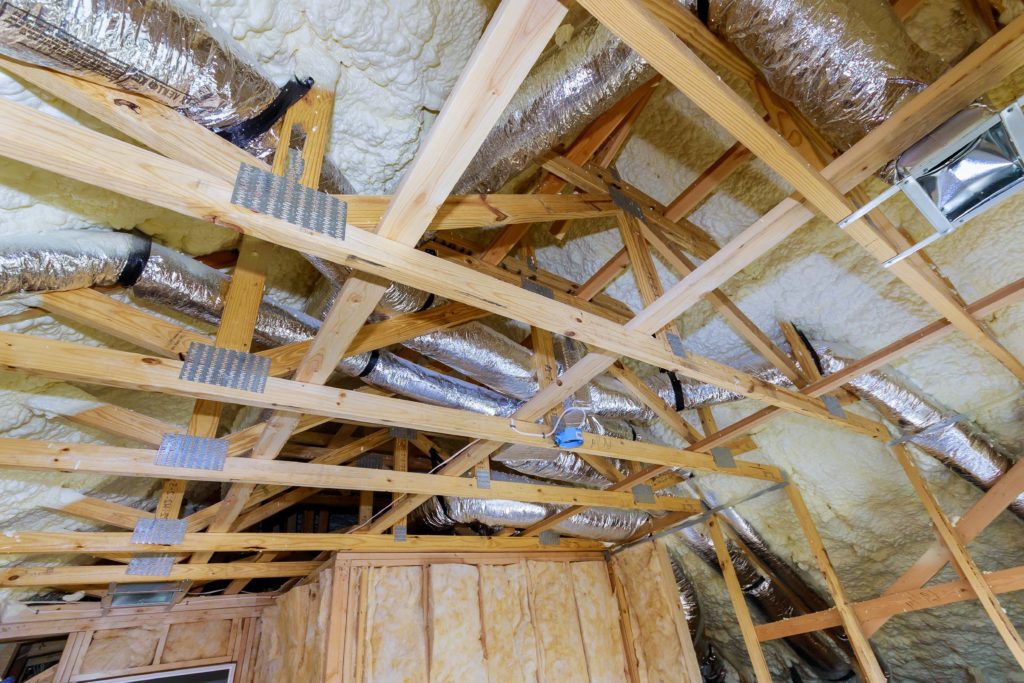
When Do I Call A Professional
Anytime you are dealing with electrical wiring you will want to consult a professional electrician. Knowing what wires were used in your home is important before applying insulation in the attic. You will want to make sure what kind of insulation is suitable for surrounding electrical wiring. This will avoid potential fire and disaster of the home.
Conclusion
The idea that you should know which insulation can be placed on top of or around electrical wiring in your attic is not reasonable. Consulting a professional electrician and general contractor is always a great idea. This will save you time and the heartache of potentially using the wrong insulation.
Calling on your local home inspection team is a great idea. They will be able to recommend which insulation should be used based on your wiring and refer a quality general contractor to assist. Give Atkinson Inspection Services a call in the Orlando, Clermont, and Villages areas for a home inspection.


